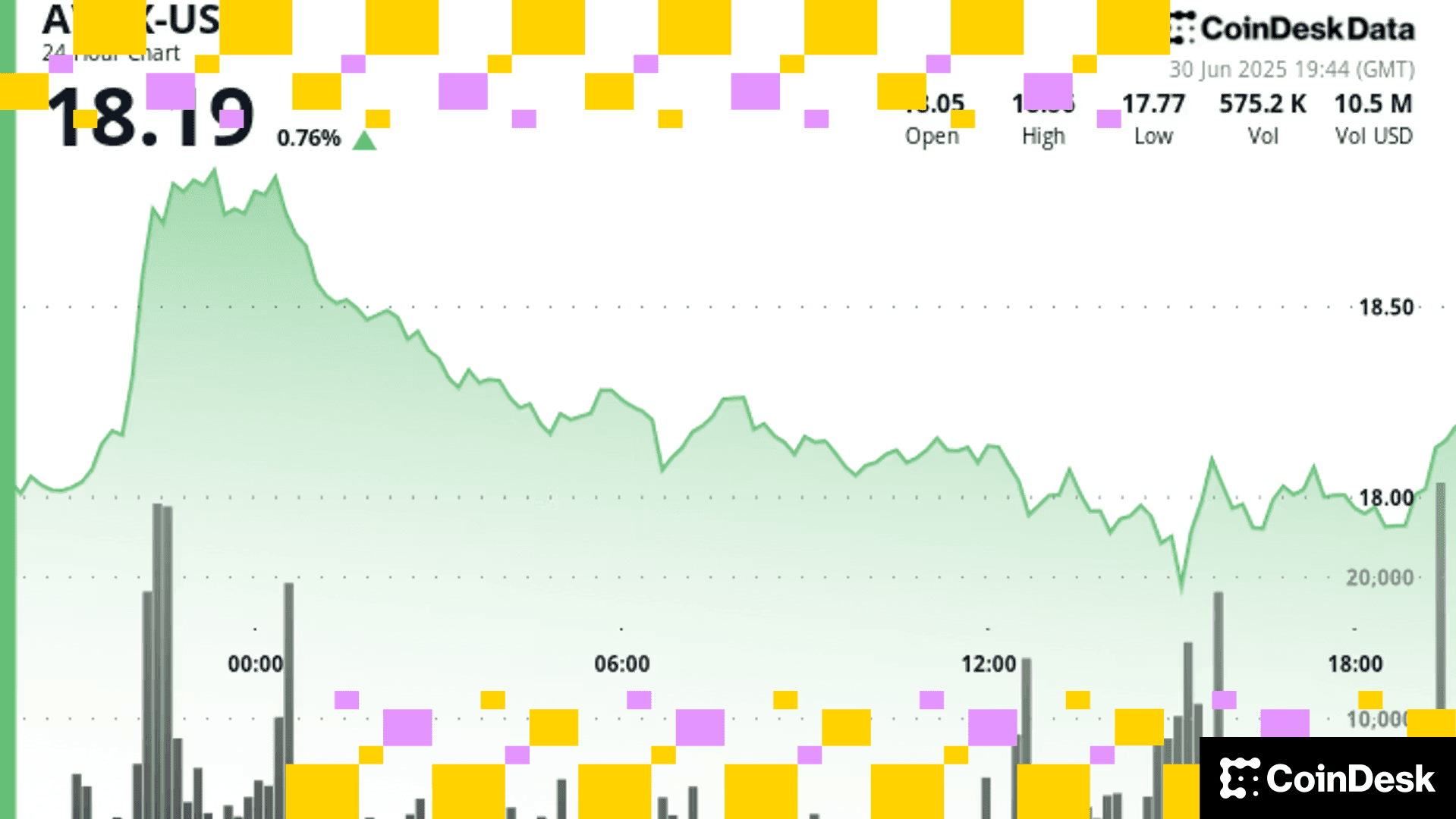'Love Island' Twins' Crypto Instagram Posts Misled Viewers, UK Ad Authority Says
Instagram influencers have to explain the risks when promoting crypto investments, the country’s advertising regulator said.

Two former contestants from U.K. reality TV show "Love Island" have been told to stop misleading their Instagram followers with pro-crypto posts, local regulators said in a statement published Wednesday.
Jessica and Eve Gale should have warned people about the risk of losses from crypto investments in posts made earlier this year, the Advertising Standards Authority (ASA) said.
It appears to be the first time the ASA has taken action for crypto promotions placed by social media influencers, who, the regulator says, still have to apply marketing norms in full.
“We concluded the ads were misleading,” the regulator said, in part because they “did not include any risk warning making consumers aware that crypto assets could go down as well as up, or that the crypto assets were unregulated in the U.K.”
The twins appeared in 2020 on the popular dating show, in which a group of single people live and love in a luxury villa in Spain.
The U.K.’s Financial Conduct Authority is awaiting new legislation that would give it the power to treat crypto ads like other financial promotions, which would mean caps on holdings and warnings for buyers.
Until that happens, the ASA has said tackling misleading crypto promotions is a “red alert” priority.
The ASA itself previously took out ads to warn people about influencers who repeatedly failed to flag when posts are actually paid-for promotions, including the Gale twins.
Representatives for the Gales did not immediately respond to a request for comment.
Read more: UK Crypto Investors Should Limit Holdings, Financial Regulator Says
More For You
Exchange Review - March 2025

CoinDesk Data's monthly Exchange Review captures the key developments within the cryptocurrency exchange market. The report includes analyses that relate to exchange volumes, crypto derivatives trading, market segmentation by fees, fiat trading, and more.
What to know:
Trading activity softened in March as market uncertainty grew amid escalating tariff tensions between the U.S. and global trading partners. Centralized exchanges recorded their lowest combined trading volume since October, declining 6.24% to $6.79tn. This marked the third consecutive monthly decline across both market segments, with spot trading volume falling 14.1% to $1.98tn and derivatives trading slipping 2.56% to $4.81tn.
- Trading Volumes Decline for Third Consecutive Month: Combined spot and derivatives trading volume on centralized exchanges fell by 6.24% to $6.79tn in March 2025, reaching the lowest level since October. Both spot and derivatives markets recorded their third consecutive monthly decline, falling 14.1% and 2.56% to $1.98tn and $4.81tn respectively.
- Institutional Crypto Trading Volume on CME Falls 23.5%: In March, total derivatives trading volume on the CME exchange fell by 23.5% to $175bn, the lowest monthly volume since October 2024. CME's market share among derivatives exchanges dropped from 4.63% to 3.64%, suggesting declining institutional interest amid current macroeconomic conditions.
- Bybit Spot Market Share Slides in March: Spot trading volume on Bybit fell by 52.1% to $81.1bn in March, coinciding with decreased trading activity following the hack of the exchange's cold wallets in February. Bybit's spot market share dropped from 7.35% to 4.10%, its lowest since July 2023.
More For You











